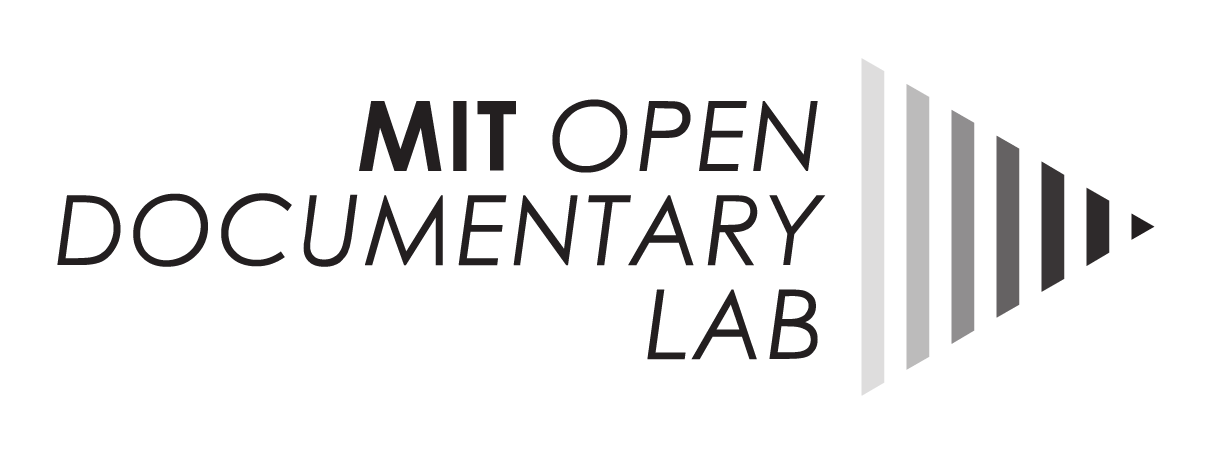
12 May COME/IN/DOC | Interactive Documentary Definition [Part 3]
SEASON 1 – EPISODE 3 – PART 3: ‘INTERACTIVE DOCUMENTARY DEFINITION’
Here you can access the third part of the third episode:
[vimeo width=”580″ height=”330″]https://vimeo.com/163979827[/vimeo]
SELECTION OF KEY IDEAS (DIRECTOR’S CONTRIBUTION)
Hugues Sweeney (National Film Board of Canada): As the documentary genre has been defined as the ‘act of interpreting reality’, to me to define the interactive documentary could be seen as how digital media looks at the world of reality through an artistic interpretation.
William Uricchio (MIT Open Documentary Lab): A form in which the user is a co-constructor of the text, there’s a construction process within the text itself, there’s a collaboration between the author and user.
Sandra Gaudenzi (Interactual Factual): Any project that starts with the intention to document the real and that uses interactive digital technology is an interactive documentary for me. You need an interactivity that is digital, instead of others.
Ingrid Kopp (Tribeca Film Institute): I’m not worried about possible definitions and taxonomies, let’s be more focused on the work and less on what it is. In Tribeca we are very open to everything, because we should have a wider view in interactive media, not a narrow one.
Brian Winston (University of Lincoln): It’s difficult to define what a documentary is, it’s very elusive. The essence of interactivity is in some sense of participation and empowerment, which can fulfill the promise of documentary.
Samuel Bollendorf (Le Grand Incendie): I see interactive documentary as a documentary which tries to interface the story into the way the public demands.
Sharon Daniel (University California Santa Cruz): For me it is about providing a context for individuals and communities that don’t normally have access to information technology to speak and be heard, that’s my personal approach to interactive documentary.
Gerald Holubowicz (Racontr): The concept for me is very wide, you can use every tool you have in order to engage the public in an interactive documentary.
Kate Nash (University of Leeds): I’m very interested in definitions and especially in the consequences of clicking something, in the effect of interacting with something.
Seth Keen (RMIT University): When I was doing my Phd, it was quite hard to give a definition for interactive documentary, but I found the different approaches by Gaudenzi, Ryan and Nash very useful for building a proper framework about that.
Anahi Lovato (Documedia – Universidad Nacional de Rosario): Generally speaking, I have the viewpoint of an author about a certain topic. We have a journalistic approach here in Rosario, Argentina.
Add your contribution here: http://comeindoc.com/contribute/
Website: http://comeindoc.com
Dr. Arnau Gifreu
COME/IN/DOC Director
Research affiliate
agifreu@mit.edu



